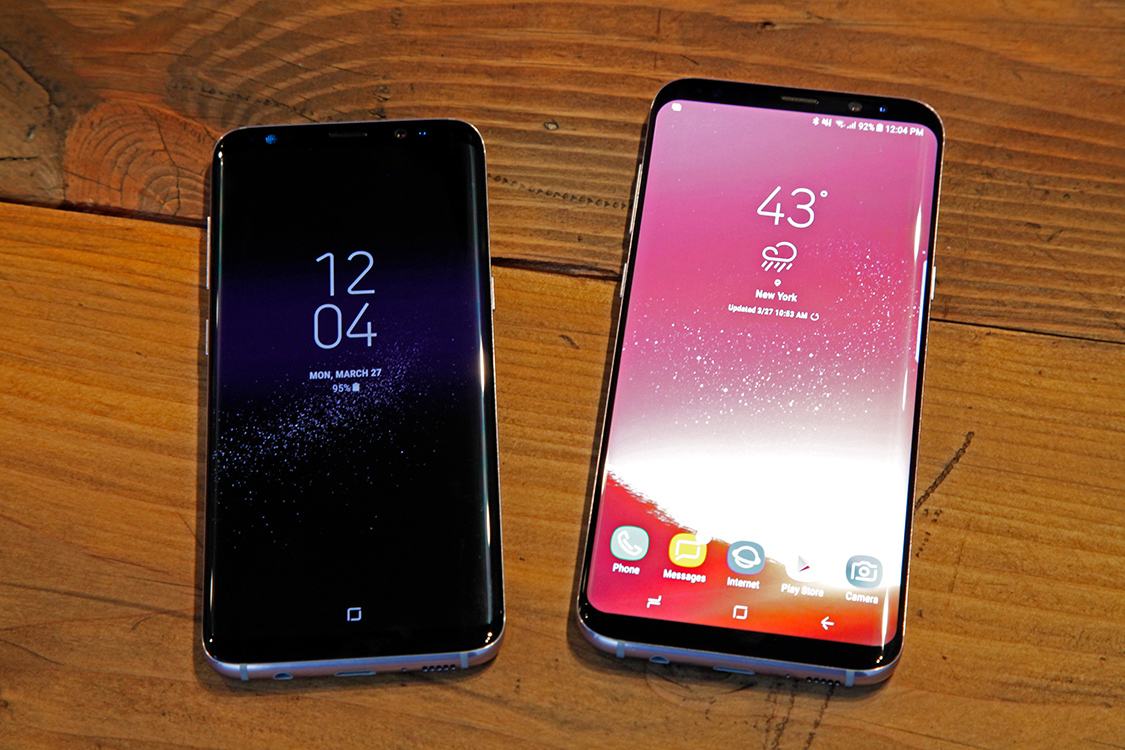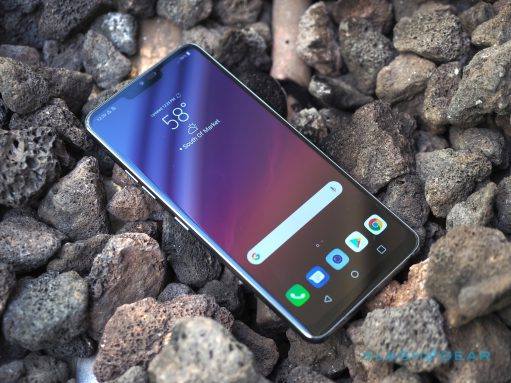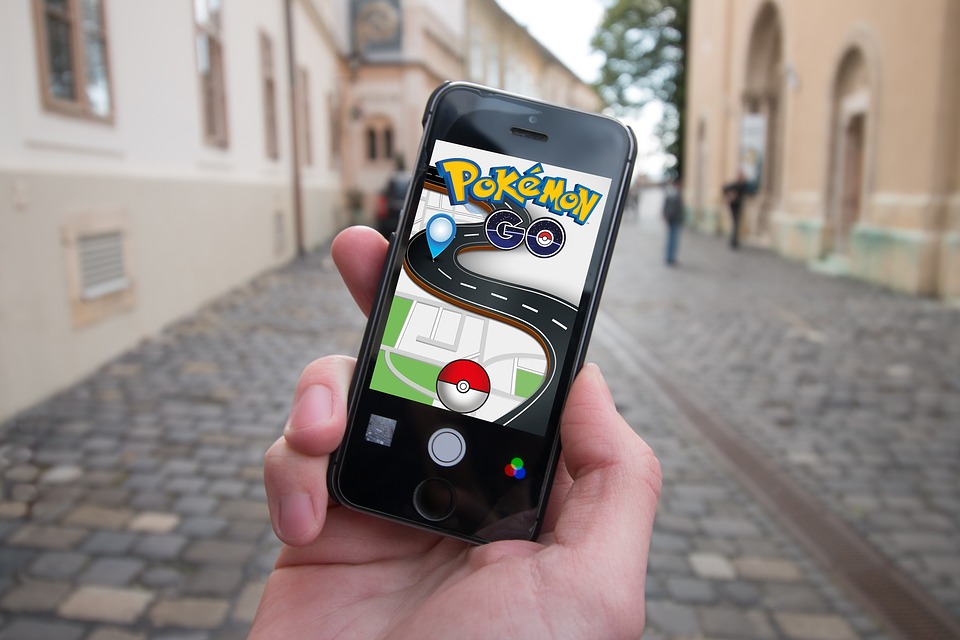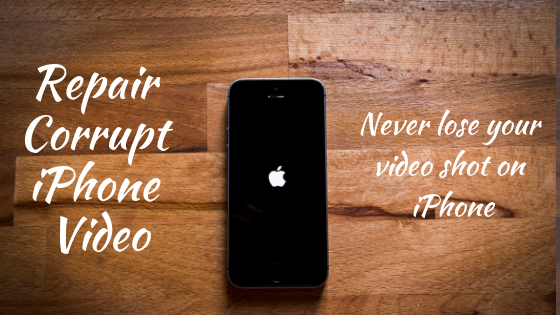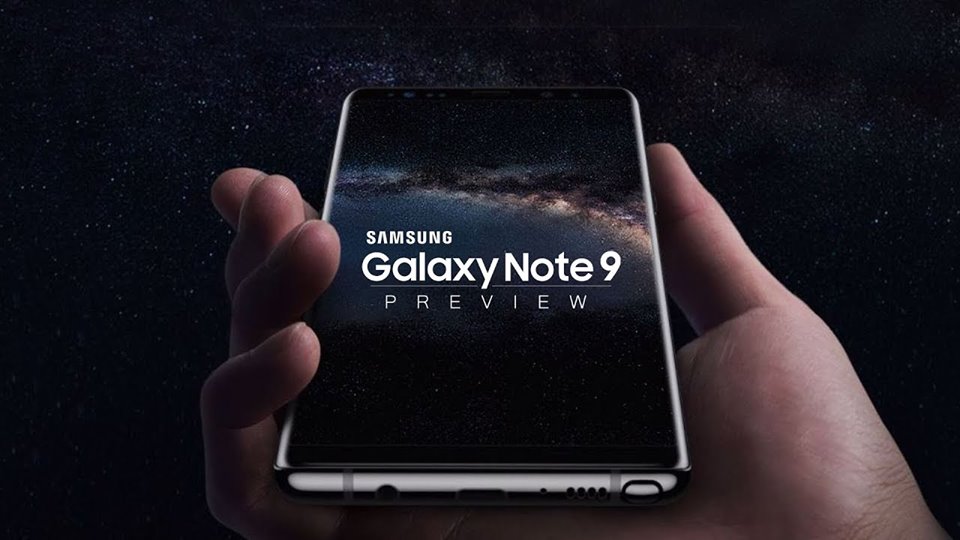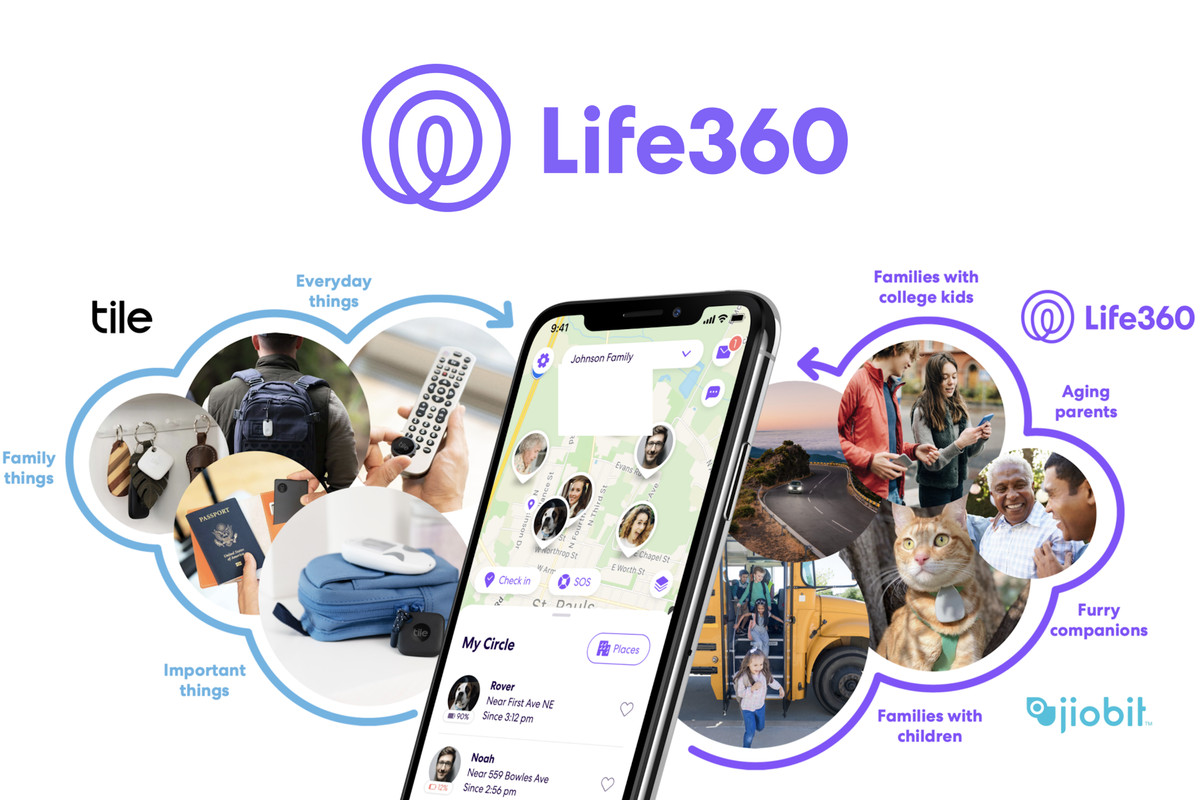Are you experiencing the frustrating red screen problem on your Samsung Galaxy S8 or Galaxy S8 Plus? Don’t worry, you’re not alone. Many users have encountered this issue, but the good news is that there are several solutions you can try to fix it. In this comprehensive guide, we will walk you through the steps to troubleshoot and resolve the red screen problem on your Samsung Galaxy S8 or Galaxy S8 Plus.
What is the Red Screen Problem?
The red screen problem on Samsung Galaxy S8 and Galaxy S8 Plus occurs when the device’s display turns red, making it difficult to view the content on the screen. It can be caused by various factors, including software glitches, hardware issues, or even a combination of both.
Common Symptoms
Here are some common symptoms of the red screen problem:
- The screen turns completely red or has a reddish tint.
- The red screen persists even after restarting the device.
- The red screen appears intermittently or constantly.
- The device becomes unresponsive or freezes when the red screen appears.
Potential Causes of the Red Screen Problem
Before we proceed with the troubleshooting steps, let’s take a look at some of the potential causes of the red screen problem on Samsung Galaxy S8 and Galaxy S8 Plus.
- Software Glitches: Sometimes, software glitches or conflicts can cause the display to turn red. These glitches can occur due to outdated software, incompatible apps, or corrupted system files.
- Hardware Issues: In some cases, the red screen problem may be caused by a faulty display or other hardware-related issues.
- Overheating: Overheating can also lead to display issues, including a red screen. If your device gets too hot, it can affect the screen’s performance and color accuracy.
Troubleshooting the Red Screen Problem
Now that we have a better understanding of the red screen problem and its potential causes, let’s move on to the troubleshooting steps to fix it.
1. Restart Your Device
The first step in troubleshooting any issue is to restart your device. Sometimes, a simple restart can resolve minor software glitches that may be causing the red screen problem. To restart your Samsung Galaxy S8 or Galaxy S8 Plus, follow these steps:
- Press and hold the power button until the power menu appears on the screen.
- Tap on “Restart” or “Reboot” to initiate the restart process.
- Wait for your device to restart and check if the red screen problem persists.
2. Check for Software Updates
Outdated software can sometimes cause display issues, including the red screen problem. To ensure that your device is running on the latest software version, follow these steps:
- Go to the “Settings” app on your Samsung Galaxy S8 or Galaxy S8 Plus.
- Scroll down and tap on “Software Update” or “System Update.”
- Tap on “Check for Updates” and follow the on-screen instructions to download and install any available updates.
3. Remove Recently Installed Apps
If you recently installed a new app and started experiencing the red screen problem, it’s possible that the app is causing conflicts with the device’s software. To remove recently installed apps, follow these steps:
- Go to the “Settings” app on your device.
- Scroll down and tap on “Apps” or “Applications.”
- Select the app you want to uninstall and tap on “Uninstall.”
- Follow the on-screen instructions to remove the app from your device.
- Restart your device and check if the red screen problem persists.
4. Boot into Safe Mode
Booting your device into safe mode can help determine if the red screen problem is caused by a third-party app. In safe mode, your device will only run essential system apps, disabling all third-party apps. To boot into safe mode, follow these steps:
- Press and hold the power button until the power menu appears on the screen.
- Tap and hold the “Power Off” option until the “Restart in Safe Mode” prompt appears.
- Tap on “OK” to reboot your device into safe mode.
- Once your device is in safe mode, check if the red screen problem persists.
- If the red screen issue is resolved in safe mode, it indicates that a third-party app is causing the problem. You can uninstall recently installed apps or perform a factory reset to resolve the issue.
5. Perform a Factory Reset
If none of the previous steps have resolved the red screen problem, performing a factory reset can help. However, it’s important to note that a factory reset will erase all data and settings on your device, so it’s crucial to back up your important files before proceeding. To perform a factory reset, follow these steps:
- Go to the “Settings” app on your device.
- Scroll down and tap on “General Management” or “System.”
- Tap on “Reset” or “Factory Data Reset.”
- Follow the on-screen instructions to initiate the factory reset process.
- Once the reset is complete, set up your device as new and check if the red screen problem is resolved.
6. Contact Samsung Support
If none of the troubleshooting steps have resolved the red screen problem on your Samsung Galaxy S8 or Galaxy S8 Plus, it’s recommended to contact Samsung Support for further assistance. They can provide you with more advanced troubleshooting steps or guide you through the repair process if a hardware issue is identified.
Additional Tips and Precautions
- Keep your device updated with the latest software releases to ensure optimal performance and bug fixes.
- Avoid installing apps from unreliable sources that may contain malicious code or cause conflicts with your device’s software.
- Use your device within recommended temperature ranges to prevent overheating issues.
- Regularly clean the screen and remove any dirt or smudges that may affect the display’s performance.
Conclusion
Dealing with the red screen problem on your Samsung Galaxy S8 or Galaxy S8 Plus can be frustrating, but by following the troubleshooting steps outlined in this guide, you can hopefully resolve the issue and restore your device’s display to normal. If you’re still experiencing the red screen problem after trying all the solutions, it’s best to seek professional support from Samsung or authorized service centers. Remember to back up your data before performing a factory reset to avoid any data loss. Stay updated with the latest software releases and practice good device maintenance habits to prevent future display issues.



